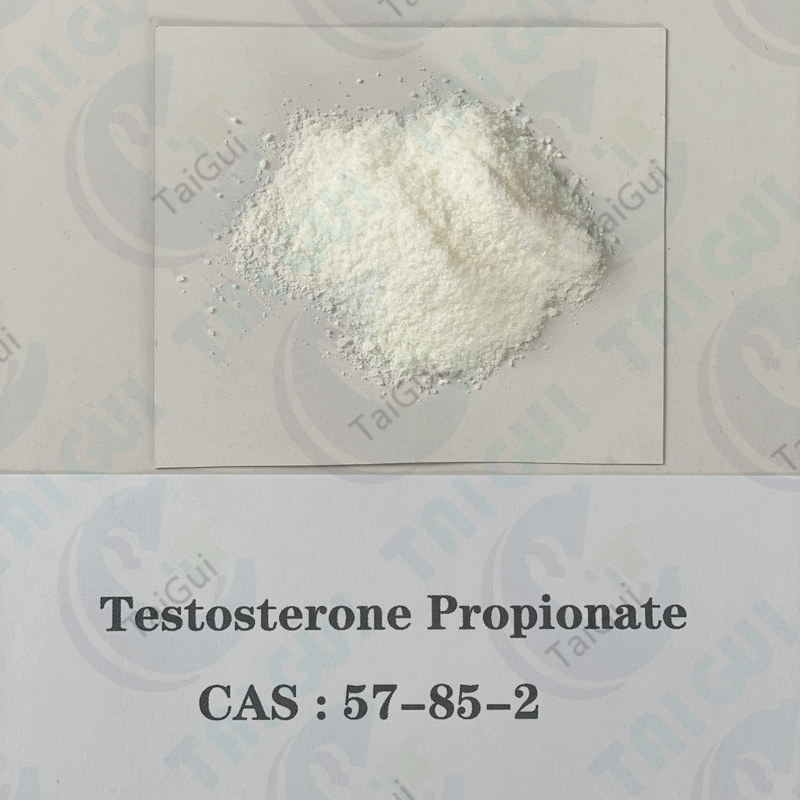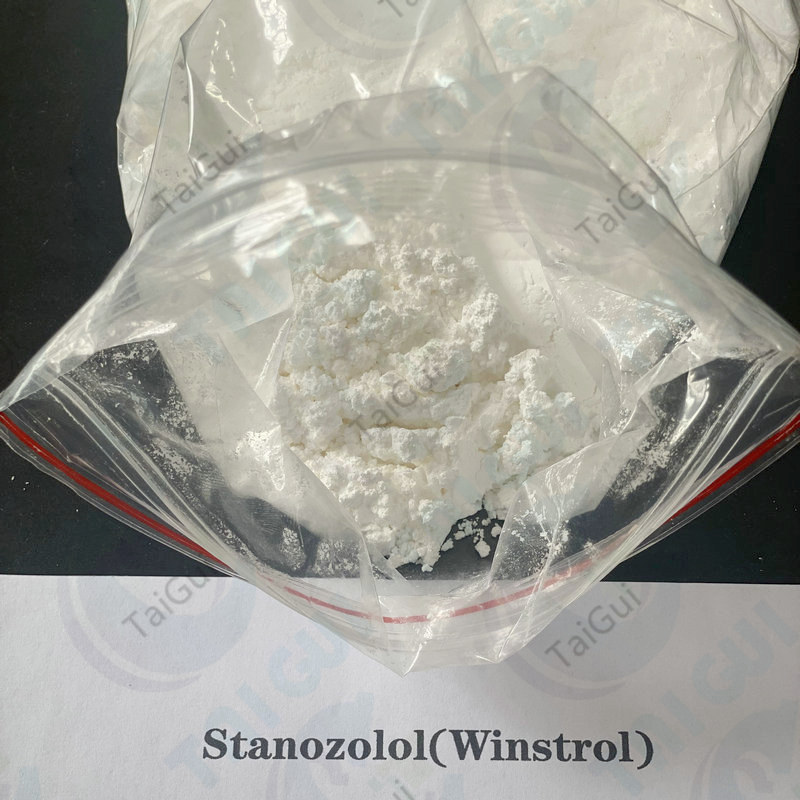Tamoxifen and other hormone therapy drugs can cause bone and joint pain as a side effect. The pain can have a severe impact on quality of life for some who take these drugs as treatment for hormone receptor-positive breast cancer.
Fortunately, non-steroidal anti-inflammatory medications (NSAIDs) and other treatments can help improve this side effect. Managing bone pain and other side effects of hormone therapy is critical to help you stay on it for the prescribed five years or more. Proviron 25mg Tablets

This article looks at bone pain as a side effect of hormone therapy for breast cancer, and how you can manage this pain long-term.
Bone and joint pain, which is a major complaint of many taking a hormone therapy, is a side effect that can cause problems in everyday living.
Given that hormone therapy is usually prescribed for five years and possibly longer, it's important to find ways to reduce the impact of bone and joint pain on mobility, work-related tasks, and routine activities of daily living. When women and men on hormone therapy cannot get relief from their bone and joint pain, many consider quitting treatment, and some do.
Arimidex (anastrozole) and tamoxifen are two hormone therapy drugs prescribed to people who have hormone receptor-positive breast cancer. The decision to start Arimidex or tamoxifen will depend on your age, your menopausal status, and other comorbidities.
For many women, the daily occurrence of bone and joint pain is their biggest complaint. The severity of this pain and its impact on daily living causes some women on Arimidex to stop taking it.
Most women experiencing bone and joint pain report having stiffness and pain upon awakening in their hands, hips, back, knees, feet, and shoulders. These people say the pain makes it difficult to perform daily activities and work-related tasks.
Joint pain often occurs in the knees, back, ankles, and feet as well as the hips. Carpal tunnel syndrome was a frequent diagnosis as well.
Despite the pain, many were able to get pain relief from taking non-steroidal anti-inflammatory drugs.
Some people recommend taking dietary supplements such as vitamins, glucosamine and chondroitin, vitamin D, and omega fish oils. However, research hasn't shown that this is effective.
Acupuncture has been demonstrated to help relieve bone pain. Women taking Arimidex or another aromatase inhibitor are encouraged to regularly participate in a weight-bearing exercise.
Given that aromatase inhibitors are known to cause muscle and joint pain, it is important to talk to your oncology team if you develop this side effect.
Your team will want to evaluate the level of your pain and recommend exercises, activities, and possible use of medication to reduce your pain level. It is standard for patients on AI to undergo a bone scan (DEXA) every two years.
The results of a small study indicate that survivors taking an aromatase inhibitor who participated regularly in a course of exercise for a year had about a 30% decrease in their worst pain.
They also experienced a lessening in the severity of their pain. These reductions in pain resulted in an increased ability to perform routine activities of daily living. Women in the study who didn’t follow an exercise program for a year experienced a 3% increase in pain and in the severity of their pain.
The importance of using (and continuing) hormone therapy despite bone pain can't be overestimated in those who have had early stage breast cancer. These medications certainly reduce recurrence risk (by around half) early on, but what many people are less aware of is that they reduce the risk of late recurrence.
Unlike popular opinion that equates surviving five years with a "cure," we now know that the risk of recurrence in women who have had estrogen-receptor positive breast cancer does not drop off at 5 years. In fact, a person's risk of having the cancer return is constant from year 5 to year 20 following the diagnosis. Overall, an estrogen-receptor positive tumor is more likely to recur after 5 years than in the first 5 years.
Chemotherapy, while it reduces early recurrences significantly, does not appear to affect the risk of late recurrence. In contrast, hormone therapy can reduce the risk of these late recurrences, and the decreased risk lasts even after the medication has been discontinued.
Tamoxifen and aromatase inhibitors are both known to share similar side effects including:
Tamoxifen may increase the risk of blood clots and uncommonly, uterine cancer. Aromatase inhibitors can lead to bone loss (and people should consider having a bone density test done at the start of therapy).
Since tamoxifen has anti-estrogen effects on breast cells but estrogen-like effects on bone, it doesn't lead to bone loss like aromatase inhibitors. Other very uncommon side effects may occur as well.
Tamoxifen and Arimidex are two types of hormone therapy prescribed to treat breast cancer. Many people continue to take these medications long-term to help prevent cancer recurrence.
One of the most common side effects of hormone therapy is bone and joint pain. Because it is important to stay on these medications for as long as prescribed, you need to find good ways to manage this symptom. For some people, it is enough to take NSAID medications.
Other studies have found that acupuncture and exercise may help you manage your pain. Talk to your oncologist about other possible treatments such as aromatase inhibitors.
Hormone therapy works and it does reduce the incidence of recurrence. Arimidex is being prescribed more and more often than tamoxifen since it has proven to be more successful than tamoxifen in preventing a recurrence.
If you are taking an aromatase inhibitor and are experiencing bone and joint pain, share what you are experiencing with your oncology team. You may be advised to participate in an organized exercise class in your community or join a walking group.
Your medical oncologist can advise you about which pain relievers you can safely take, as even over the counter medications have side effects.
Hyder T, Marino CC, Ahmad S, Nasrazadani A, Brufsky AM. Aromatase inhibitor-associated musculoskeletal syndrome: understanding mechanisms and management. Front Endocrinol. 2021;12:713700. doi:10.3389/fendo.2021.713700
MD Anderson Cancer Center. How does hormone therapy for breast cancer work?
Yang GS, Kim HJ, Griffith KA, Zhu S, Dorsey SG, Renn CL. Interventions for the treatment of aromatase inhibitor–associated arthralgia in breast cancer survivors: A systematic review and meta-analysis. Cancer Nurs. 2017;40(4):E26-41. doi:10.1097/NCC.0000000000000409
Irwin ML, Cartmel B, Gross CP, et al. Randomized exercise trial of aromatase inhibitor-induced arthralgia in breast cancer survivors. J Clin Oncol. 2015;33(10):1104-11. doi:10.1200/JCO.2014.57.1547
Pan H, Gray R, Braybrooke, J, et al. 20-year risks of breast-cancer recurrence after stopping endocrine therapy at 5 tears. N Engl J Med. 2017;377:1836-1846. doi:10.1056/NEJMoa1701830
Taylor CE, Meisel JL. Management of breast cancer therapy-related sexual dysfunction. Oncology (Williston Park, NY). 2017;31(10):726-9.
Lester J, Pahouja G, Andersen B, Lustberg M. Atrophic vaginitis in breast cancer survivors: a difficult survivorship issue. J Pers Med. 2015;5(2):50-66. doi:10.3390/jpm5020050
Bhave MA, Speth KA, Kidwell KM, et al. Effect of aromatase inhibitor therapy on sleep and activity patterns in early-stage breast cancer. Clin Breast Cancer. 2018;18(2):168-174.e2. doi:10.1016/j.clbc.2017.12.012
American Cancer Society. Tamoxifen and Raloxifene for lowering breast cancer risk.
By Jean Campbell, MS Jean Campbell, MS, is a breast cancer survivor and advocate, and the founding director of the American Cancer Society Patient Navigator Program.
Thank you, {{form.email}}, for signing up.
There was an error. Please try again.

Semi Finished Steroids By clicking “Accept All Cookies”, you agree to the storing of cookies on your device to enhance site navigation, analyze site usage, and assist in our marketing efforts.